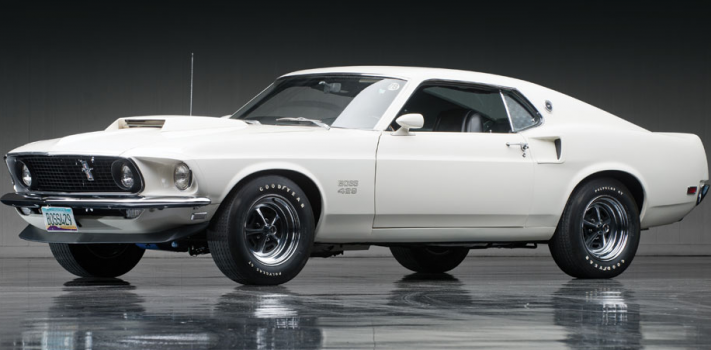Here are the latest items and commentary on current economics news, market trends, stocks, investing opportunities, and the precious metals markets. We also cover hedges, derivatives, and obscura. And it bears mention that most of these items are from the “tangibles heavy” contrarian perspective of JWR. (SurvivalBlog’s Founder and Senior Editor.)
Today’s focus is on investing in classic cars. (See the Tangibles Investing section, near the end of this column.)
Precious Metals:
Adam Hamilton: Gold/Silver Shorts Extreme
o o o
Gold Price is Making a Comeback in a Big Way
Commodities:
Markets on a Sugar rush, stocks rise 2-10%. As preppers, when we see and food futures rise, it is our signal to stock up on physical goods, before retail prices rise, correspondingly.
o o o
Oil slips ahead of producer meeting, U.S. rig count
Stocks:
Michael Snyder: Our Disneyland Economy
o o o
Northsight Capital Makes Cannabis Stocks Look Bad
Forex:
The six different elements of FX positioning and sentiment
o o o
The Meltdown in Venezuela’s Currency Is Deepening
Economy and Finance:
The Man Who Got Americans to Eat Trash Fish Is Now a Billionaire
o o o
Six months in, Trump’s economy looks awfully familiar
Troubling Trends:
Reader H.L. flagged this: CBO just pulls numbers out of a hat
o o o
New U.S. Subprime Boom, Same Old Sins: Auto Defaults Are Soaring (Thanks to G.G. for the link.)
Tangibles Investing (Classic Cars):
I had a reader contact me to ask about the significance of buying late-1960s cars. The answers there are simple: In the late 1960s, Detroit car makers produced powerful, stylish, and reliable “body on frame” steel cars. They had simple wiring harnesses and a minimum of smog control add-ons. They also had reliable V-block engines, transmissions, and brakes. This makes them quite easy to restore and to maintain. And by the 1960s they also had some key crash safety features like seat belts, collapsing steering columns, and safety glass, which earlier collector cars lack. So the earlier cars are insufficiently safe and reliable to be considered “daily drivers.” And the later (post 1973-oil crisis) American cars are under-powered and overburdened with smog control add-ons. This makes the “sweet spot” years for American car collectors the 1962 to 1973 model year V8s.
By the way, the only restomod that I consider crucial is replacing drum brakes with disc brakes, at least on the front wheels. This is because stopping a muscle car in a reasonable distance can be difficult!
As preppers, we tend to be drawn to older cars and trucks with traditional ignition systems because they are easier to self-maintain and because they are inherently EMP proof. This make late 1960s car and truck investing a “win-win” for preppers.
Here are a few articles on the subject:
Classic cars shrewdest investment
o o o
‘Passion investing’ in classic cars is gaining speed
o o o
Want to invest in classic cars? You could be on to a winner
o o o
One of the best places to start your research: Hemmings Motor News
Provisos:
SurvivalBlog and its Editors are not paid investment counselors or advisers. Do your own research before making any investment. So please see our Provisos page for our detailed disclaimers.
News Tips:
Please send your economics and investing news tips to JWR. (Either via e-mail of via our Contact form.) These are often especially relevant, because they come from folks who particularly watch individual markets. And due to their diligence and focus, we benefit from fresh “on target” investing news. We often “gets the scoop” on economic and investing news that is probably ignored (or reported late) by mainstream American news outlets. Thanks!











In car investing unless you are familiar with VIN codes,number matching and 100pt restorations you can get taken! If you have cash and want a car the Ford GT,or the Dodge Hellcat or Demon might be beter choices(if you can get them)
Having a classic car will be so important if the grid were to fall- it can’t be traced and if well taken care of, it can really last a long time. American made too is the way to go!